Table of Contents
Have you ever driven to the middle of nowhere in Canada and lost service or had slow data? Canada is a massive and at times untamed country, so it is not unusual to struggle to get a strong cell phone signal in a car.
This is where car cell phone boosters come in. But the main question is: do these supplements really work in Canada in 2025?
This comprehensive post looks at how car cell phone boosters work, their performance on the roads in Canada, when you need them, how to choose the best unit for you, and answers frequently asked questions about laws and multi-device uses. We also highlight the very well-received HiBoost Travel 3.0 Car booster, a strong performer when it comes to boosting for vehicles in Canada.
What is a Car Cell Phone Booster?
A car cell phone booster is developed to amplify the cellphone reception in your car. It does this by pulling in weak signals from nearby cell towers using an exterior antenna affixed to your car.
This signal is amplified (with an amplifier that is equipped in the car) and then redistributed inside the car, to give users full, high-quality, reading access to the car phone. This function will reduce dropped calls and increase data speed on the go, thus, improve voice quality of hands-free car kit or car radio and providing better signal and HD Voice.
No more dropping callsNo More static in hands-free car holderBetter and stable voice and data Benefits Faster data downloads and uploads for multiple devicesMore reliable Internet Easy Sound Voice and sound are clear.
Easy Install Cigarette Lighter plug is easy to install and carry or as a cigarette lighter charging environment finder on a Tablet or car video screen focuser on CDMA- UMTS- DCS+GSM and all wireless network adapter.
In a Canadian context, when network coverage often varies substantially between densely populated urban areas and sprawling countrywide farmland, a booster solves the problem of poor reception by enhancing any signal that your car’s exterior does happen to have a hold of.
It's important to know, though, that a booster can't make up a signal where one doesn't exist; it just increases the strength of the signals that it finds.
Do Car Signal Boosters Work in Canada?
The answer is a definite "Yes", as long as you are using a booster that is approved by Innovation, Science and Economic Development Canada (ISED) and can operate on Canadian frequencies.
It is essential to have ISED approval, as it ensures the booster complies with Canadian standards. These standards are designed to prevent interference with cellular networks and ensure optimal results across Canadian cellular bands.
That said, manufacturers such as HiBoost make boosters that are specifically optimized for Canadian networks -- Bell, Telus, Rogers and Freedom Mobile. The HiBoost Travel 3.0 Car, for example, offers 5G, 4G LTE, and legacy network bands used by Canadian carriers, while being suitable for both recreational drivers and professional commuters on the job.
Car boosters have been evaluated extensively on the highways, city areas and rural backroads across Canada and they can ensure you stay connected with a weak signal zone.

When Should You Use a Car Signal Booster in Canada?
Car cell phone signal boosters that are used while on the go are essential if you often experience bad voice quality when driving. You may want to consider installing one if:
- Your travels take you out into the boondocks or distant rural corners of Canada where tower density suffers from a lack of strong signals.
- You're getting a lot of dropped calls or poor-quality calls while inside your car.
- The GPS system, mobile Internet browsing, or work email keeps pinging off the cell network.
- You are a truck driver or delivery driver who depends on the network connectivity.
- You need to be sure the phone is going to work well for emergency calls out in the sticks.
- External signals are stopped by the metal body of your car, particularly larger vehicles such as SUVs and vans.
In such cases, a car signal booster (or car cell phone booster) can greatly enhance your signal experience by boosting the weak signals transmitted to your phone from a remote cell tower.
Real‑World Example

How to Choose The Right Car Signal Booster for Canadian Roads?
It is not necessarily a matter of choosing the most powerful cell phone booster. When you want something that will work and is legal, you need to look at compatibility, coverage, device support, ease of install and if it’s certified to make sure the device will work with the carrier but also ensure that it is a legal device to use in the carrier.
HiBoost Travel 3.0 Car cell phone signal booster supported frequency ranges and number of bands in Canada:
| Frequency Band |
Frequency Range |
Band Number |
Typical Usage |
Canadian Carrier Usage & Notes | Importance for Booster Compatibility |
| 698 - 716 | 700 MHz Band A |
Band 12 |
4G LTE / 5G Low Band |
Frequently used by Bell, Rogers, Telus for a wide range of urban and rural coverage |
Essential for a confident wide area signal boost, particularly when it come to long distances and rural or weak signal areas |
| 776 - 787 |
700 MHz Band C |
Band 13 |
4G LTE / 5G Low Band |
Mostly LTE/5G used by Bell and Rogers; solid in-building penetration |
Compatible with power series NOVATEL VERIZON 4G LTE Router supports deep indoor coverage and highway driving (zones) |
| 824 – 849 | 850 MHz | Band 5 | 3G / 4G LTE |
Legacy 3G and LTE common carrier spectrum on all major Canadian carriers | Key for backward compatibility and overlapping network environments |
|
1850 – 1915
|
PCS Band |
Band 25-2
|
4G LTE |
Used by Large Scale carriers to provide LTE coverage in urban and suburban locations | Critical for high capacity networks Deploys on low-band spectrum to complement high-band deployments |
| 1710 – 1755 |
AWS Band | Band 4 | 3G / 4G LTE | Heavily utilized by Telus, Bell, Rogers for LTE and HSPA traffic | Enhances mid-band paired uplink/downlink signals |
|
1710 – 1780
|
AWS-3 |
Band 66 | 4G LTE / 5G NSA | From Canadian carriers’ “advanced LTE” to early 5G efforts |
Future-proofs upgrading to stronger LTE or 5G signals
|
Step‑by‑Step Installation (Quick Guide)
- Mount outside antenna: Place the magnetic antenna on the vehicle roof (centered, clear of racks).
- Route cable inside: Bring the cable through a door or hatch with gentle bends.
- Locate amplifier: Secure under a seat or console with ventilation.
- Attach inside antenna: Position on dashboard or pillar facing the cabin.
- Power up: Connect to 12V outlet; confirm LEDs/app show normal status.
- Test: Check signal readings (e.g., dBm) and speed tests before/after.
Tip: Keep separation between outside and inside antennas to avoid oscillation (feedback).
Performance Tests (Before/After)
Example results from mixed suburban/rural routes. Your results will vary by location, weather, and network load.
| Scenario | Before (RSRP / dBm) | After (RSRP / dBm) | Download | Upload |
| Highway fringe area | -110 to -115 | -82 to -88 | 2 → 12 Mbps | 0.3 → 4 Mbps |
| Rural backroad valley | -116 to -120 | -90 to -95 | 1 → 8 Mbps | 0.2 → 2.5 Mbps |
| Suburban dead‑spot | -105 | -78 | 5 → 20 Mbps | 1 → 8 Mbps |
Numbers shown are illustrative of typical improvements seen with a quality, properly installed vehicle booster.
Comparisons & Alternatives
Booster vs. Hotspot vs. Phone Tethering
| Option | Pros | Cons | Best For |
| Vehicle Booster | Improves all carrier phones; works while moving; multi‑device | Upfront cost; requires installation; needs some outside signal | Rural travel, fleets, reliability |
| Dedicated Hotspot | Simple Wi‑Fi for laptops/tablets | Only one carrier; still limited by weak signal | Urban/suburban errands |
| Phone Tethering | No extra device; quick | Battery drain; carrier limits; weak in fringe areas | Short trips in good coverage |
Popular Vehicle Boosters (Quick Compare)
| Model | Certification | Rated Gain | Multi‑Device | Install Style |
| HiBoost Travel 3.0 Car | ISED (Canada) | Up to 50 dB* | Yes | Magnetic exterior + 12V |
| weBoost Drive Reach (Canada) | ISED (Canada) | Up to 50 dB* | Yes | Magnetic/adhesive + 12V |
| SureCall Fusion2Go (Canada) | ISED (Canada) | Up to 50 dB* | Yes | Magnetic + 12V |
*Vehicle boosters in Canada are limited by regulation to similar maximum system gain; performance depends on outside signal, antennas, and installation quality.
Featured: HiBoost Travel 3.0 Car
Why Drivers Pick It
- Supports major Canadian carrier bands (LTE/5G low‑ to mid‑band)
- Multi‑device boost for phones, hotspots, tablets
- Plug‑and‑play: magnetic roof antenna + 12V power
- Signal Supervisor app for status and guidance
- Durable housing and tidy cable management
Recommended Booster: HiBoost Travel 3.0 Car
One of the choices that Canadian drivers will have in 2025 is the HiBoost Travel 3.0 Car signal booster. It’s designed to satisfy the requirements of cars, vans, and SUVs faces when driving through Canada’s varied landscape.
The unit comes with a reinforced metal and TPU outer casing that can withstand shocks, hollow interior amplifier for better heat dissipation and even silicone handles to prevent drops during installations.
This booster not only amplifies all Canadian Carrier bands, but also provides the highest gain and power possible in a booster to ensure the strongest cell signal makes it into your home with the lowest noise and interference possible on the carrier of your choice Voice, Email, 3G, 4G, LTE, GPS, and all other data signals.
Accessories such as the Signal Supervisor mobile app allow for instant monitoring and remote control of your booster – giving you peace of mind, and instant technical support, at your fingertips.
The kit includes the booster, an outdoor magnetic antenna with a 13-foot cable, an indoor antenna with a 9.8-foot cable, a DC adapter, mounting equipment, and a user manual, ensuring that it’s everything you need right out of the box.
Things to Know Before Buying Cell Signal Boosters in Canada:
5G NR (New Radio) Bands:
Canadian network operators are deploying 5G in low-band spectrum (similar to Bands 12 and 13) that already has well-established coverage and are also using more mid-band spectrum, such as n78 (at 3500 MHz), in urban areas. For example, some boosters (such as HiBoost Travel 3.0) are optimized for low to mid-band spectrum, which travels through vehicles (where we play with our smartphones) more than higher bands.
Multi-Band Support:
Multi-band boosters create unlimited switching and coverage options when driving through City, Suburb and Crossing through valleys and mountains.
Legacy Networks:
Cell phones and boosters that are compatible with 3G (Band 5) and 4G LTE are useful in ensuring consistent coverage as the Canadian 5G rollout progresses.
In addition to the technical compatibility, you must also take into account the signal amplification ability, provided in decibels (dB). The HiBoost Travel 3.0 has a 50 dB gain, which is high-gain for car signal boosters. This gain provides solid gain even in harsh environments like crowded placements.
The other important feature is the capability to connect with several devices. If you mostly travel solo then a single device optimized booster is likely to be enough.
But for family cars, rideshare vans or your work fleet, a booster that also supports several smartphones, tablets, or other cellular devices is 100% necessary.
Installation convenience is also vital. The HiBoost Travel 3.0 comes with a magnetic external antenna that securely mounts to the roof or a metal surface of the vehicle, a sleek internal antenna that’s nearly unnoticeable inside the automobile, and a power supply that connects to the standard 12V vehicle’s outlet. This configuration sacrifices professional installation for a user-friendly plug-and-play experience.
Lastly, grab someone who is ISED certified with warranties and customer support. This provides legal assurance and long-lived performance in service on Canadian roads.
Frequently Asked Questions about Car Signal Boosters
in Canada
There are a lot of questions when it comes to using cell boosters in vehicles throughout Canada. Here are the answers to some easy ones:
Q1: Will a booster work with nothing at all to lock onto?
Boosters can’t generate a signal out of nothing. They only boost a given signal. No Existential Cellular Coverage If you are somewhere with absolutely no cell service (remote or underground, for example), a booster is not going to connect you.
Q2: Are boosters approved in Canada?
Yes, but they must be ISED certified. This type approval means that the booster will work legally according to the acceptable frequencies without any interference with mobile networks. As a matter of fact using non-certified gear is illegal and can result in fines and service interruption.
Q3: Can I share my booster on multiple devices?
Today's car cell phone boosters, the HiBoost Travel 3.0 among them, are capable of boosting signals to and from multiple cell phones in a vehicle at the same time. This translates to every person in the car being able to use a stronger signal.
Q4: Do I have to pay a subscription or monthly fee?
There are not any monthly fees, or subscription needed, to use a car booster. The product is self-powered when it is installed in your car.
Final Thoughts: Stay Connected, Wherever The Road
Takes You
Canada is a big place, and that means that cell phone connections can sometimes be tough. Car cell phone boosters are a great option for those looking to boost signal strength, improve call quality, and increase data rates. So long as you drive within the city, the prairie highways, or those remote northern roads, certified and technologically trusted boosters like the HiBoost Travel 3.0 Car makes sure you can keep connected throughout your trip.
Check out the full line of car signal boosters and in-depth specifications at the official HiBoost website: www.hiboost.ca.
Recommended Reading
Do Cell phone Boosters Work in Canada? Best Working Cell Boosters 2025
How To Boost Your Phone Signal for FREE: 15 Effective Methods
How to Fix a Dead Zone: 9 Proven Tips to Get Cell Service Anywhere
Do Cell Phone Boosters Work for Cars in Canada? (2025 Guide)
How to Boost Your Cell Phone Signal in Rural Areas (Canada 2025 Guide)
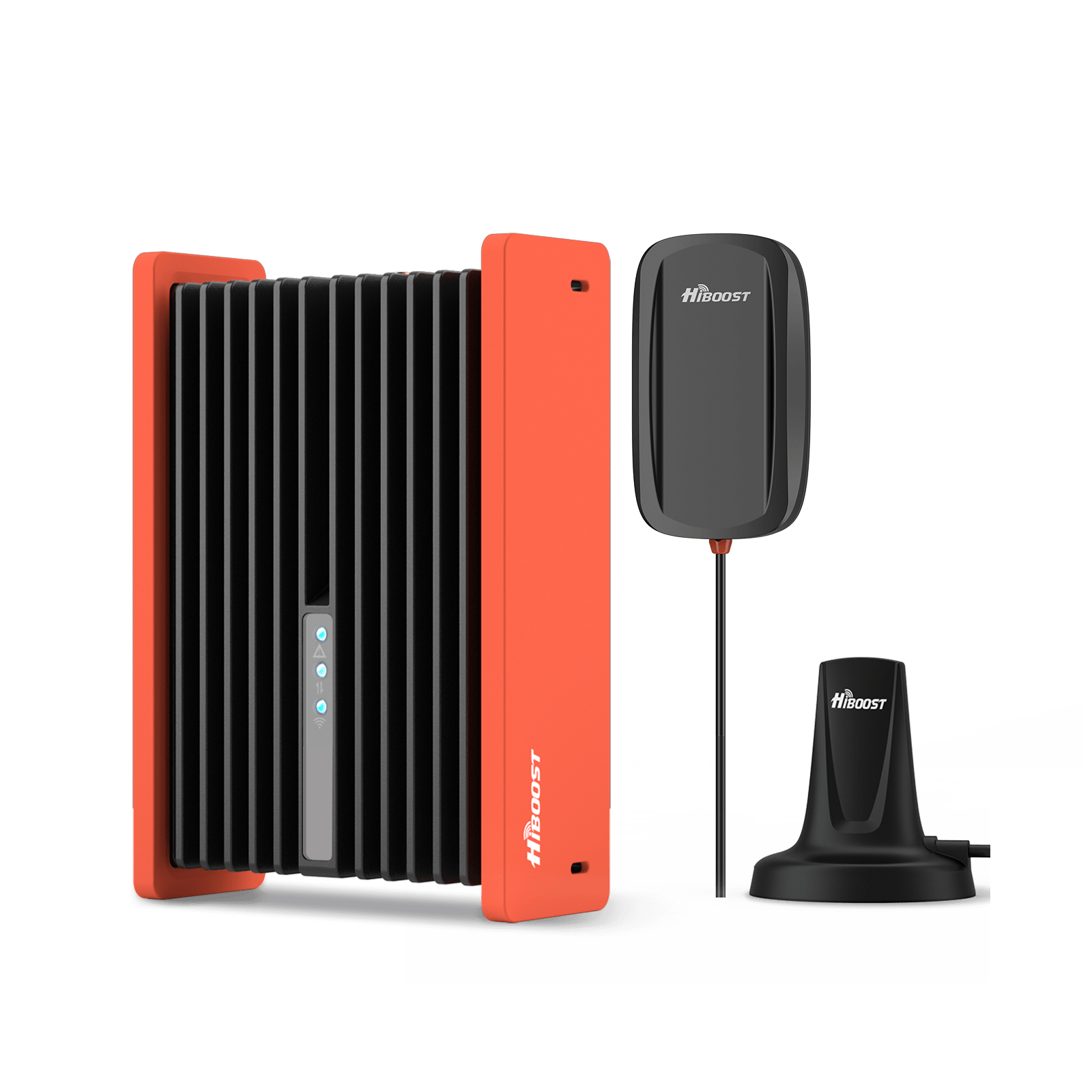
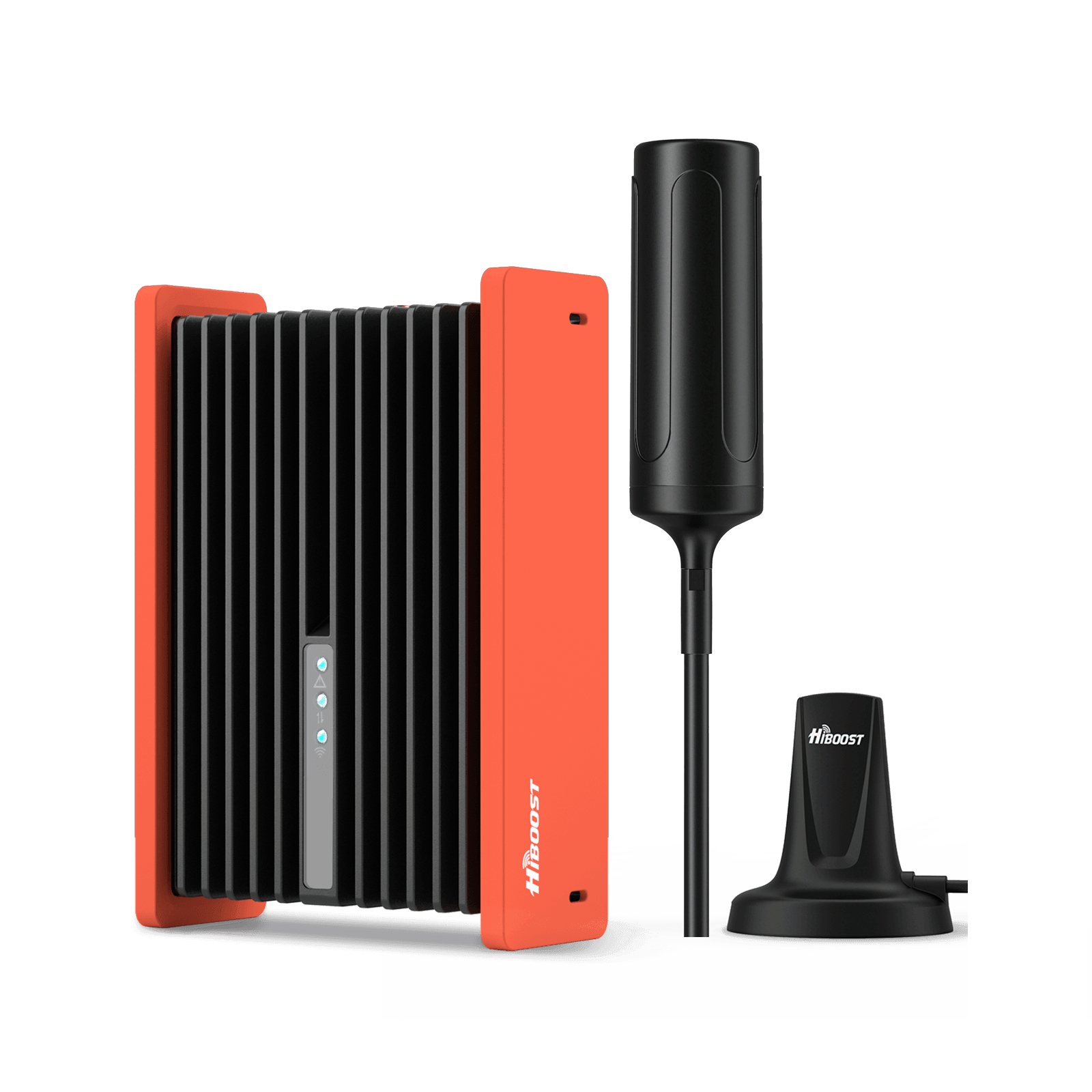
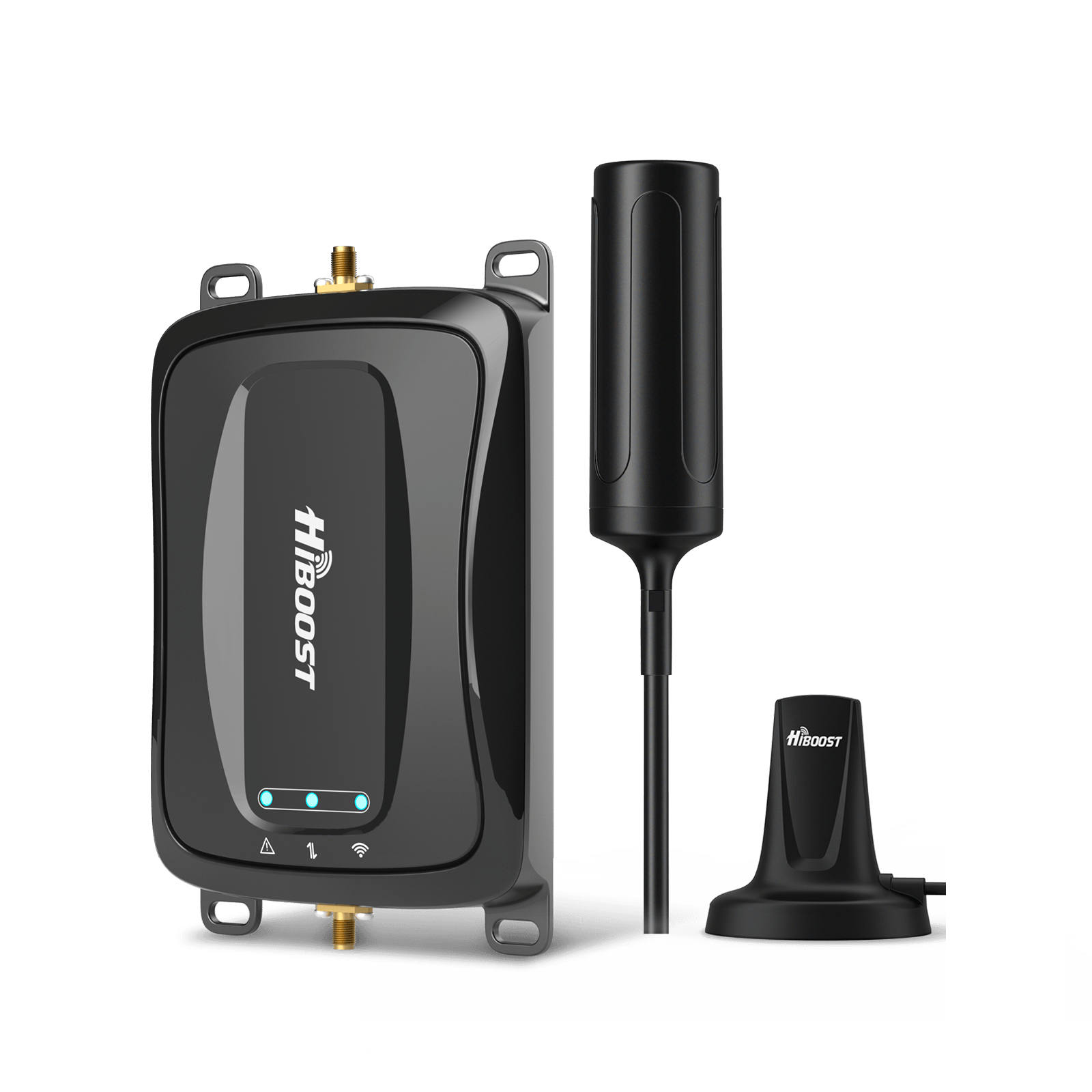
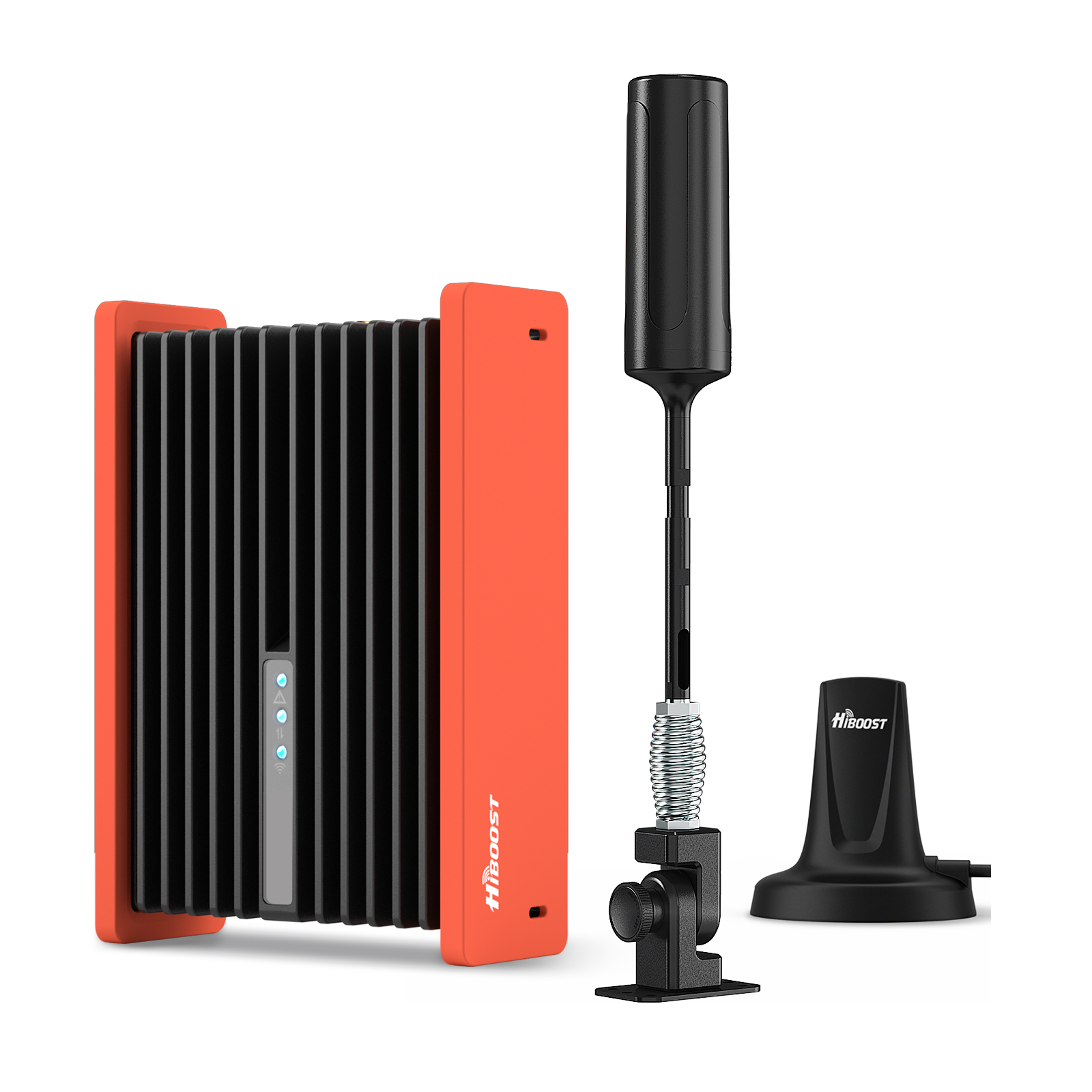
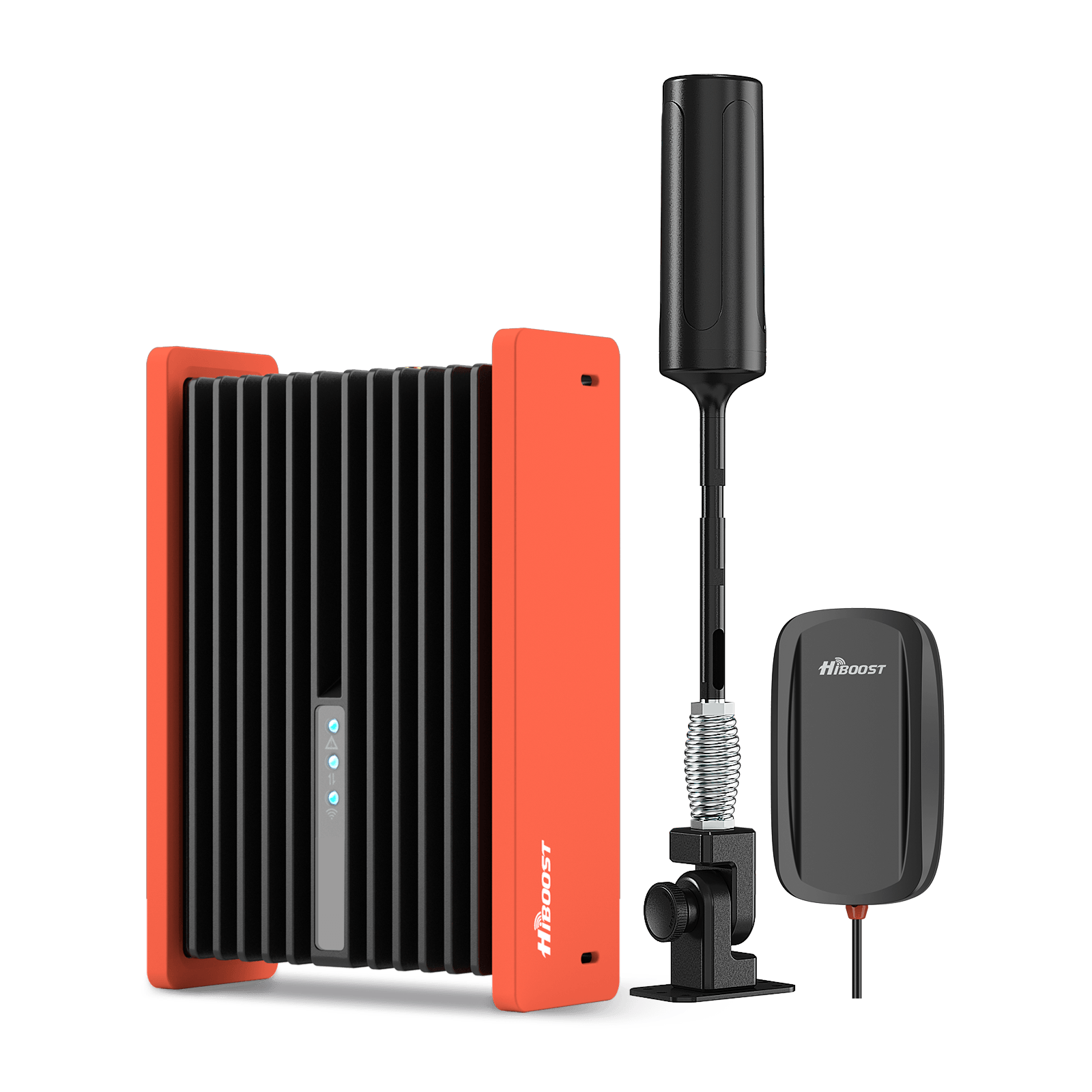
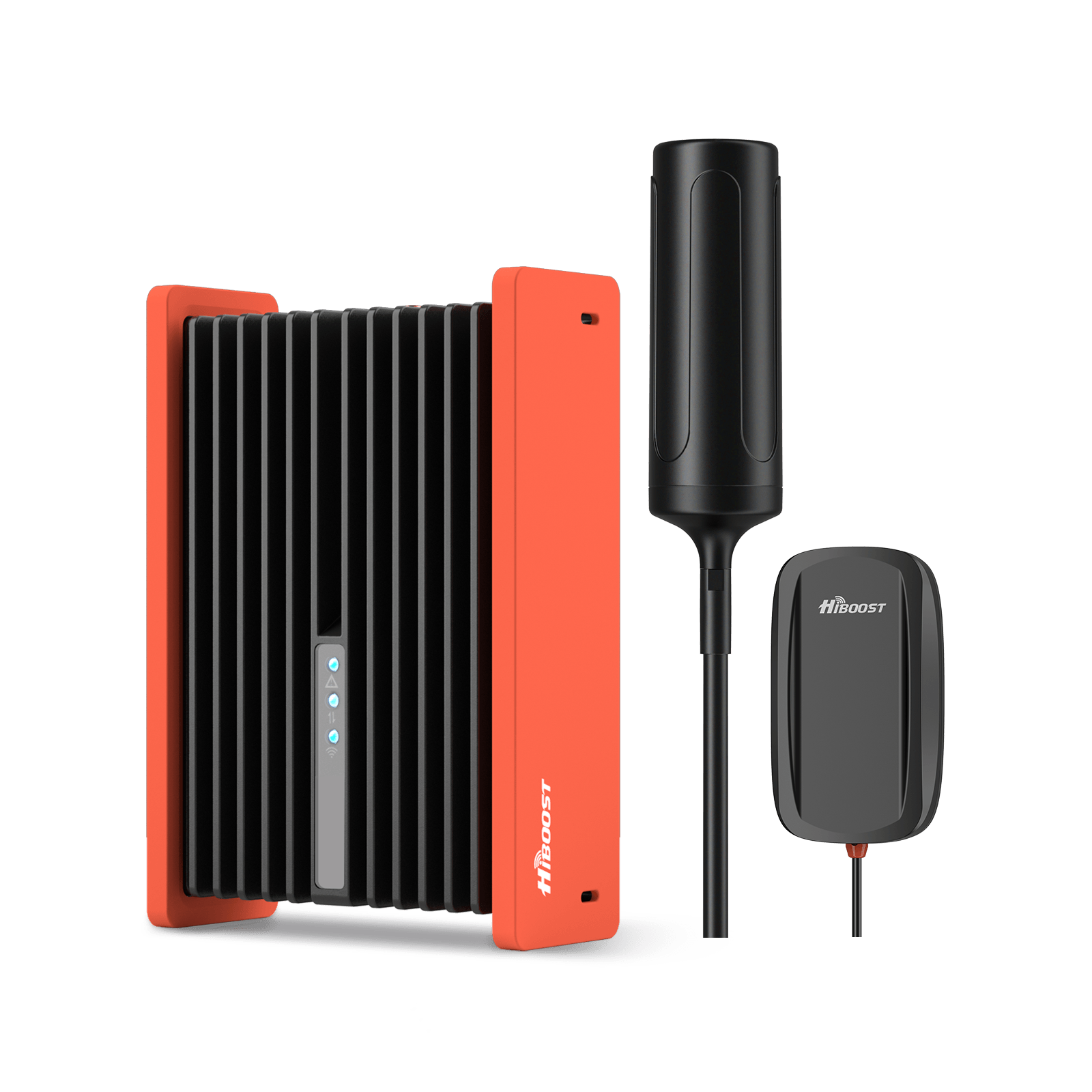
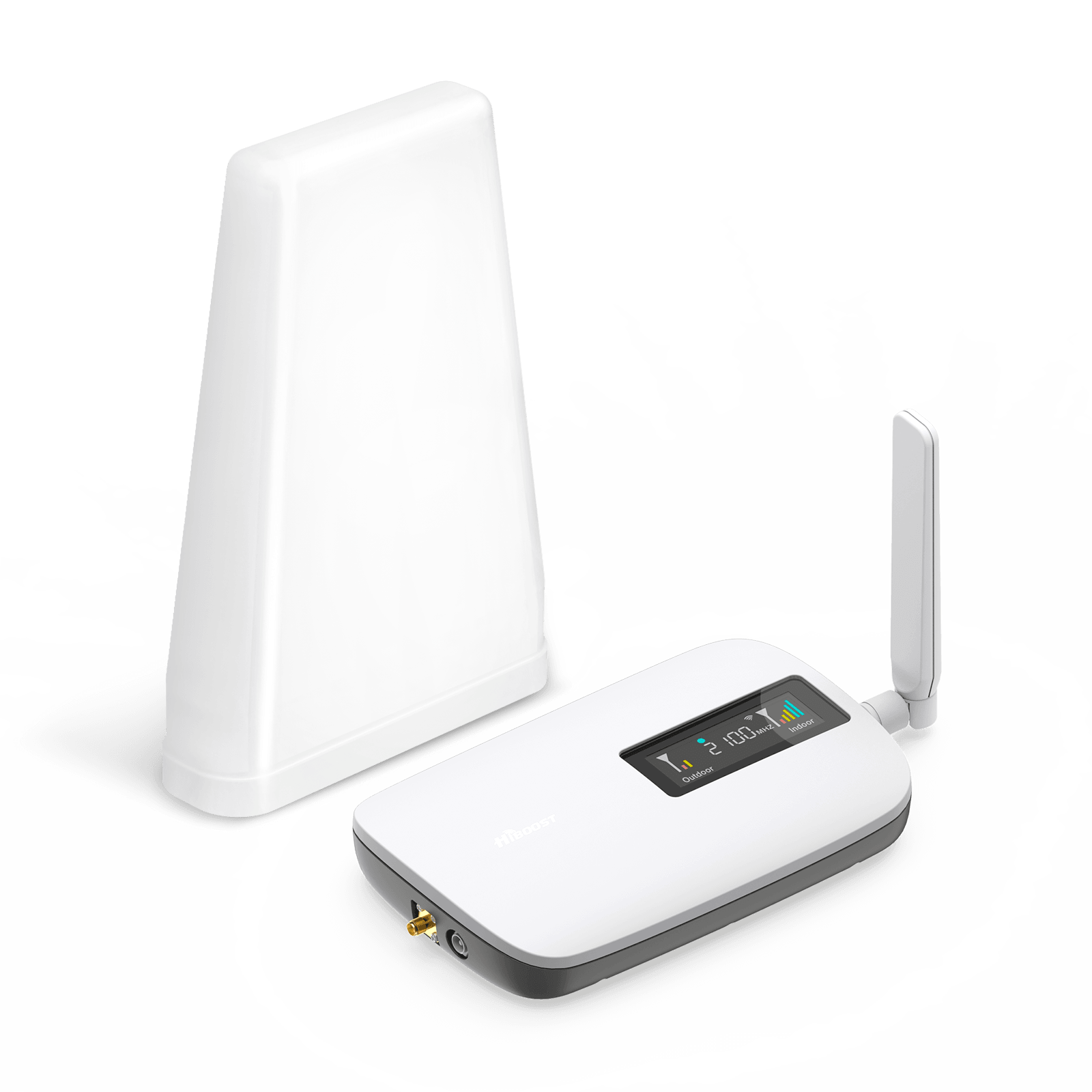
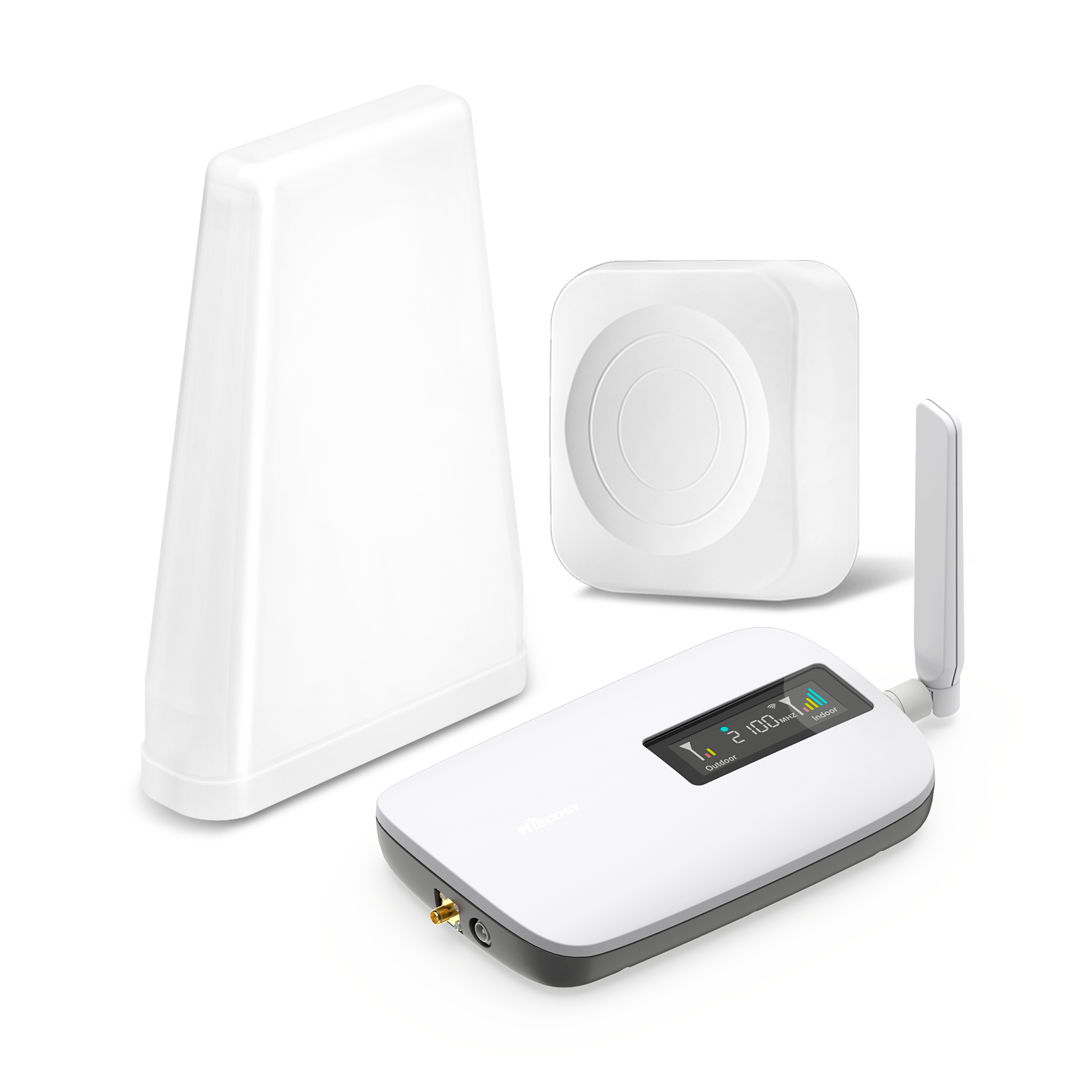
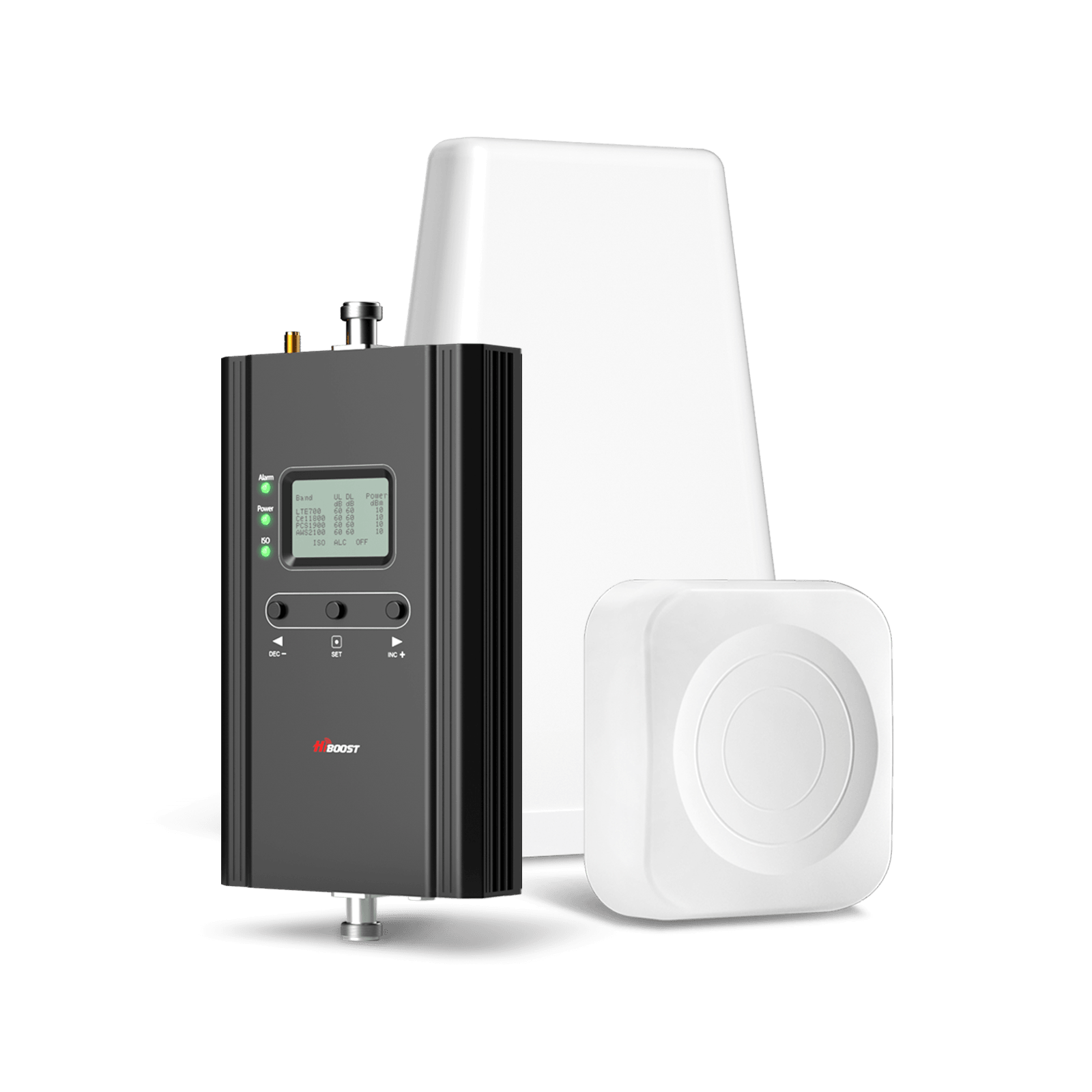
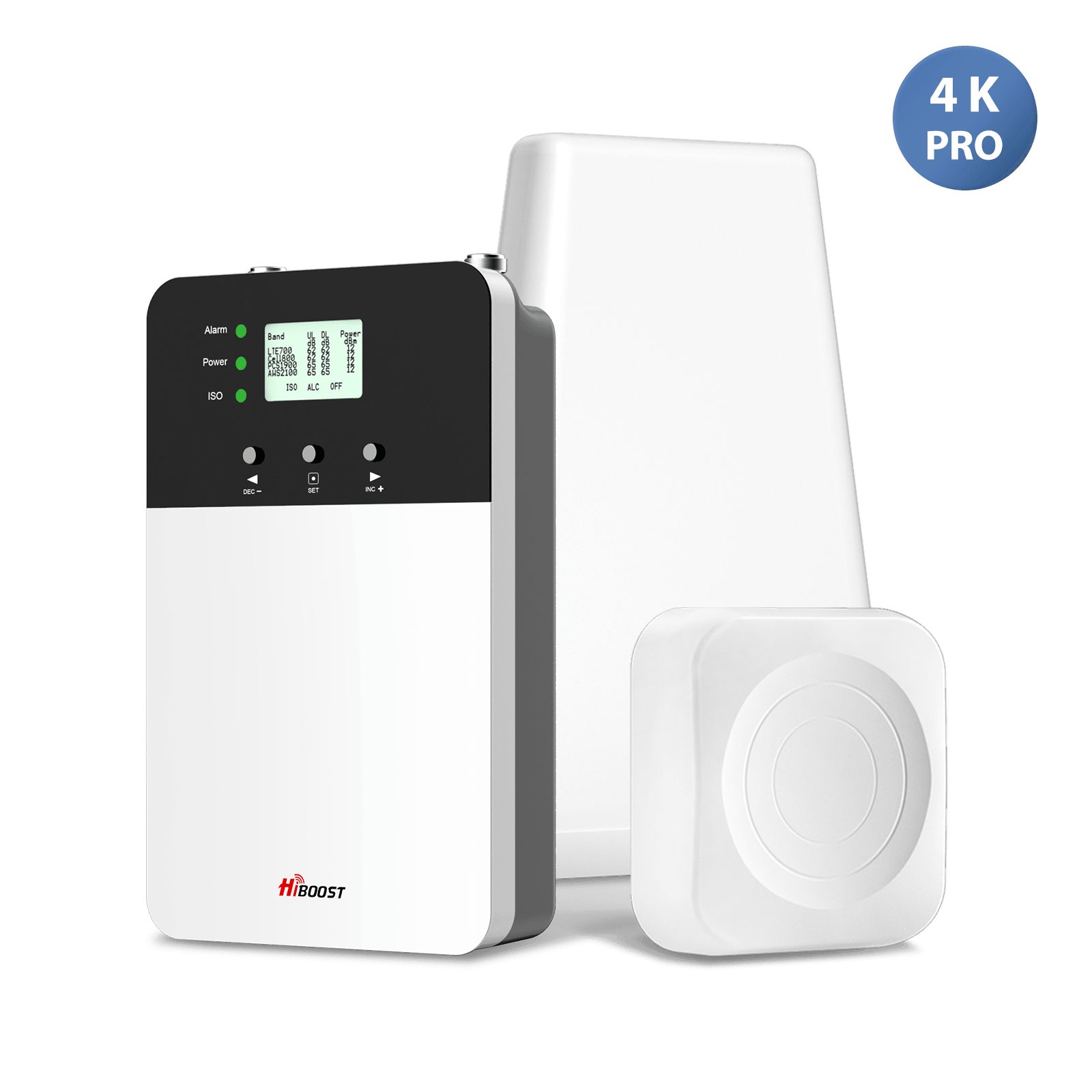
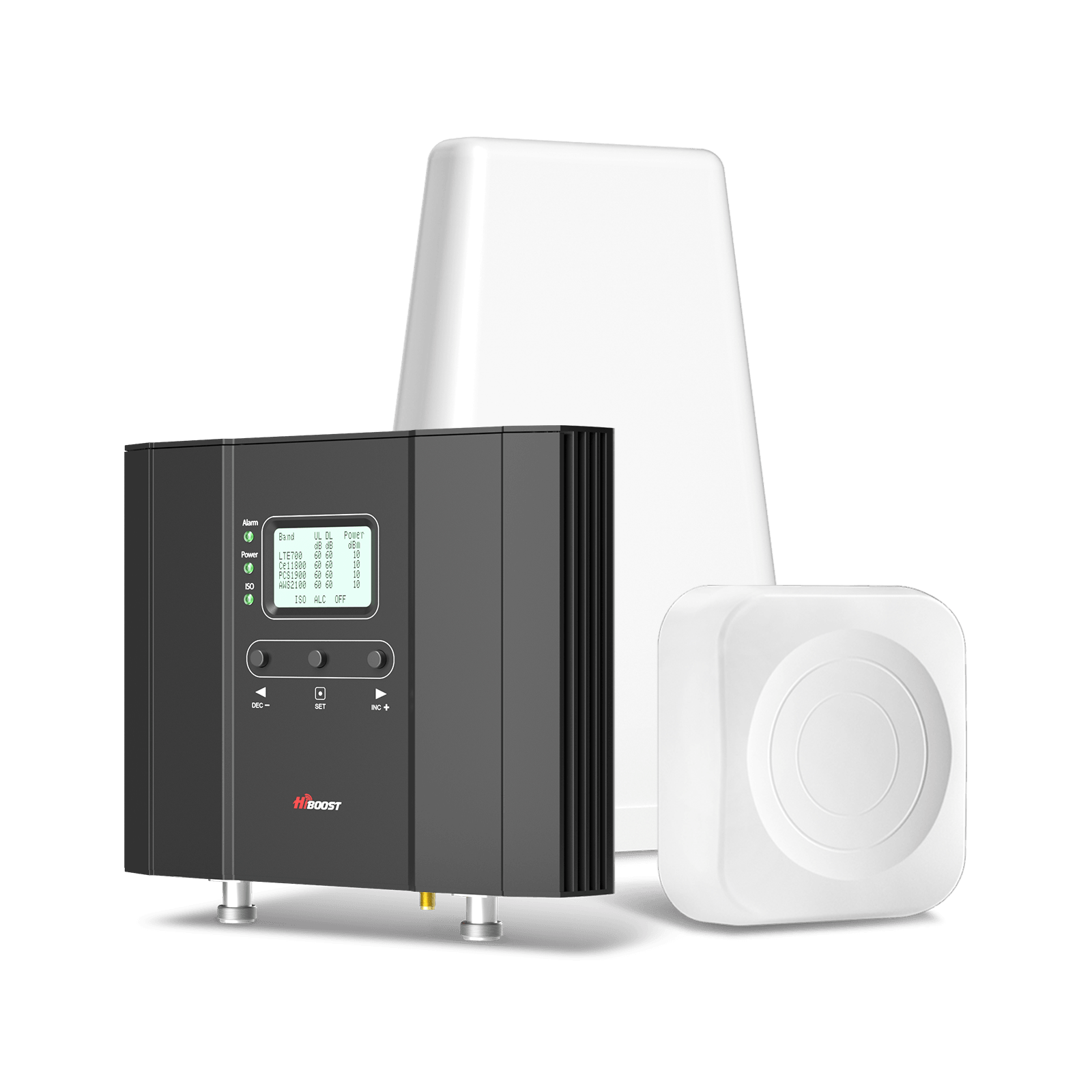
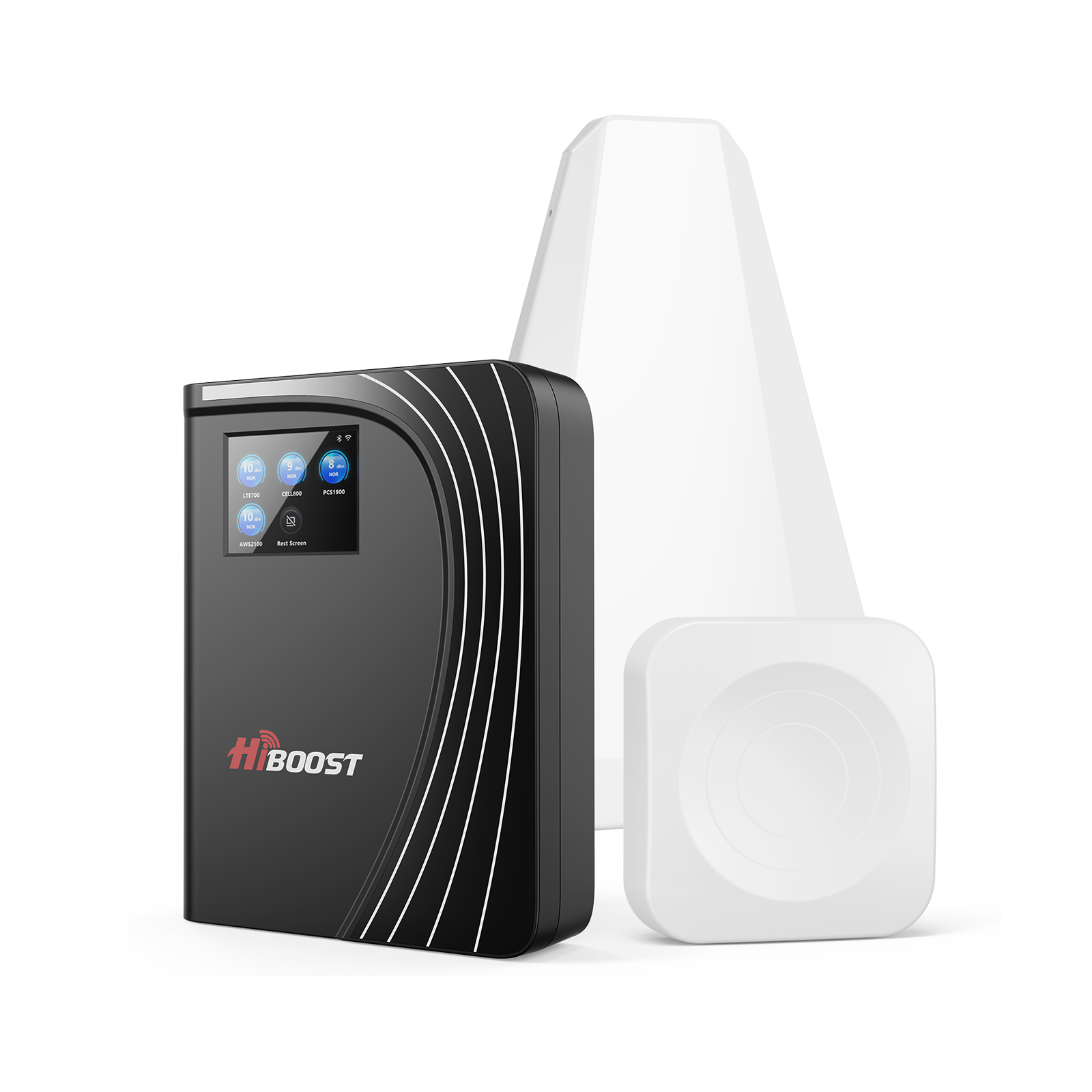
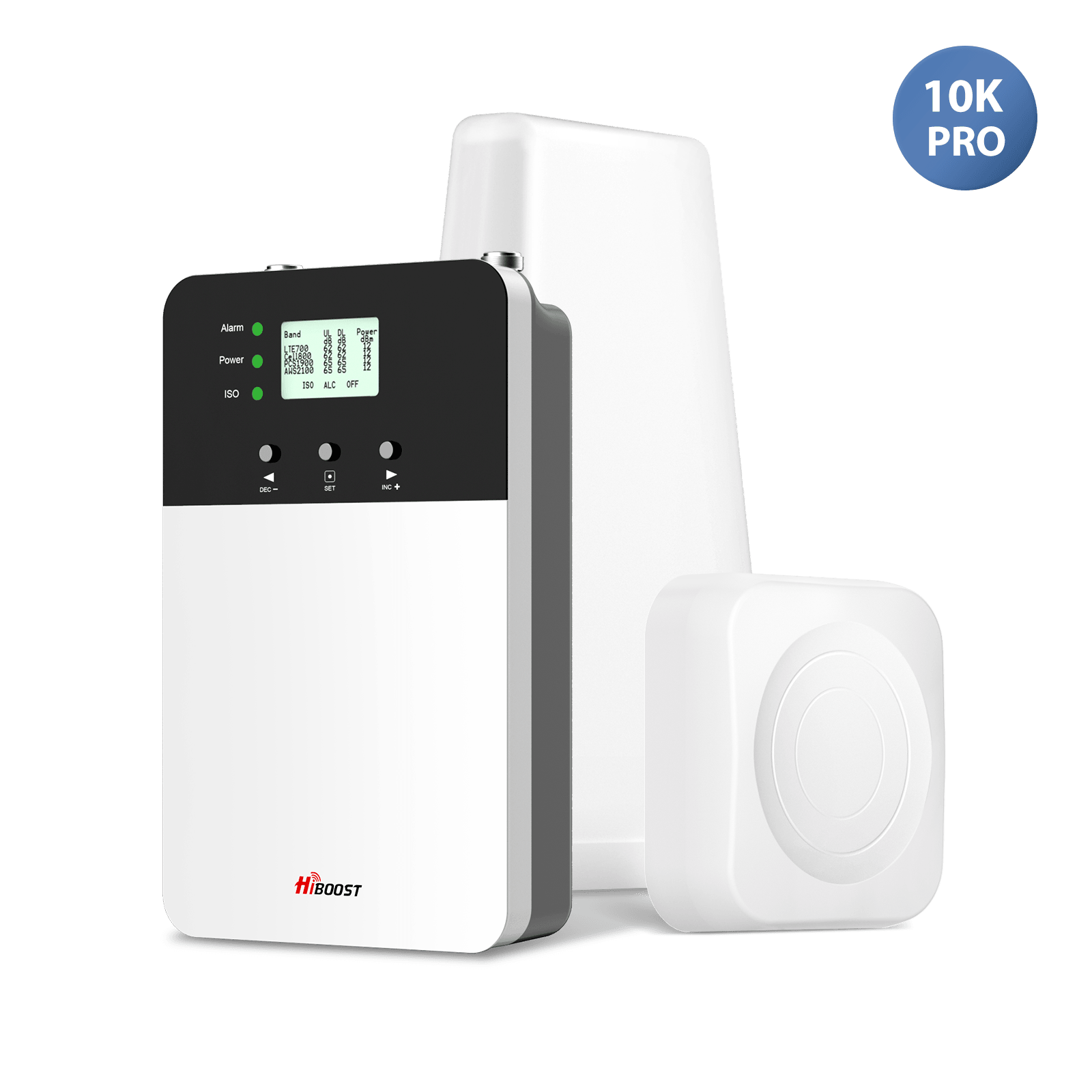
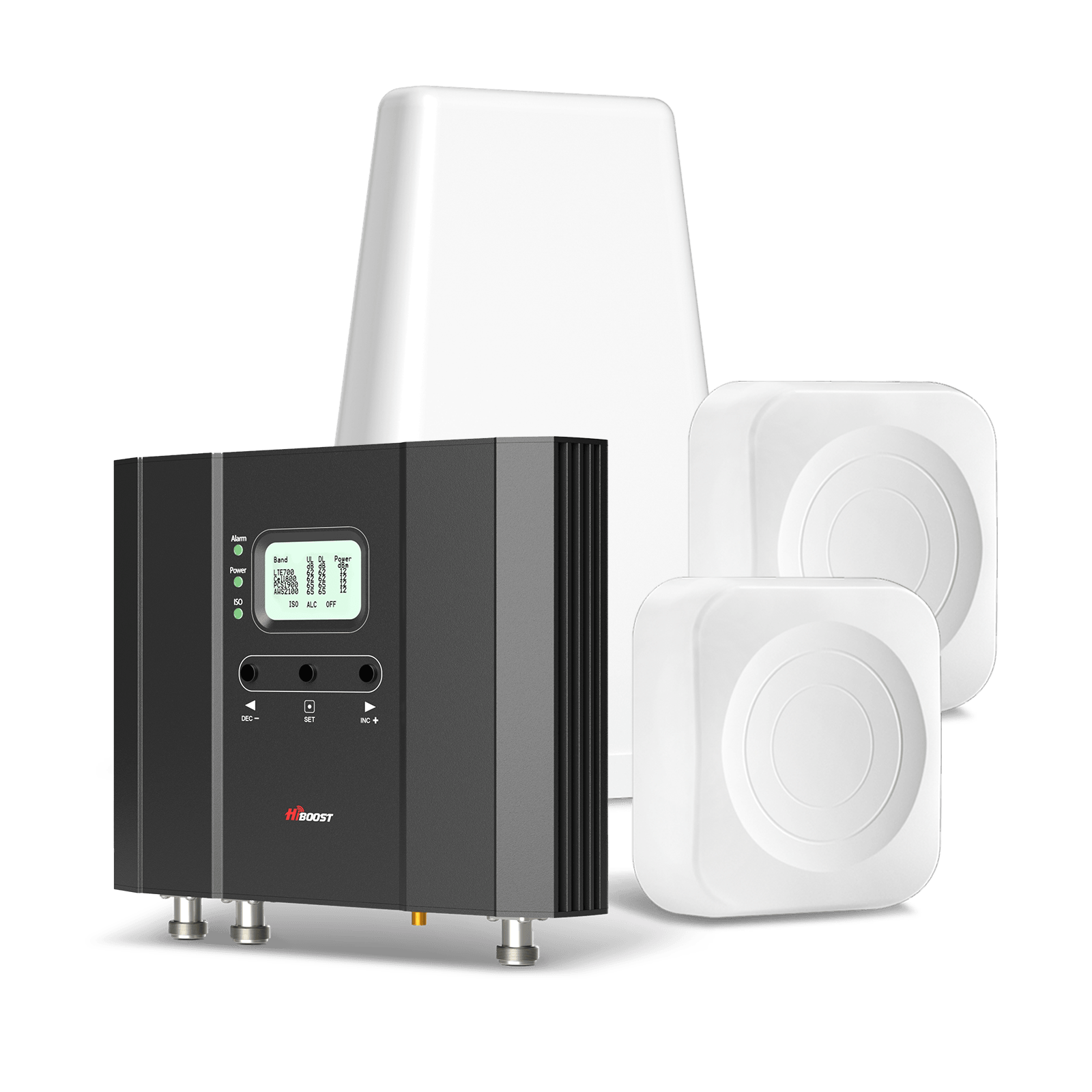
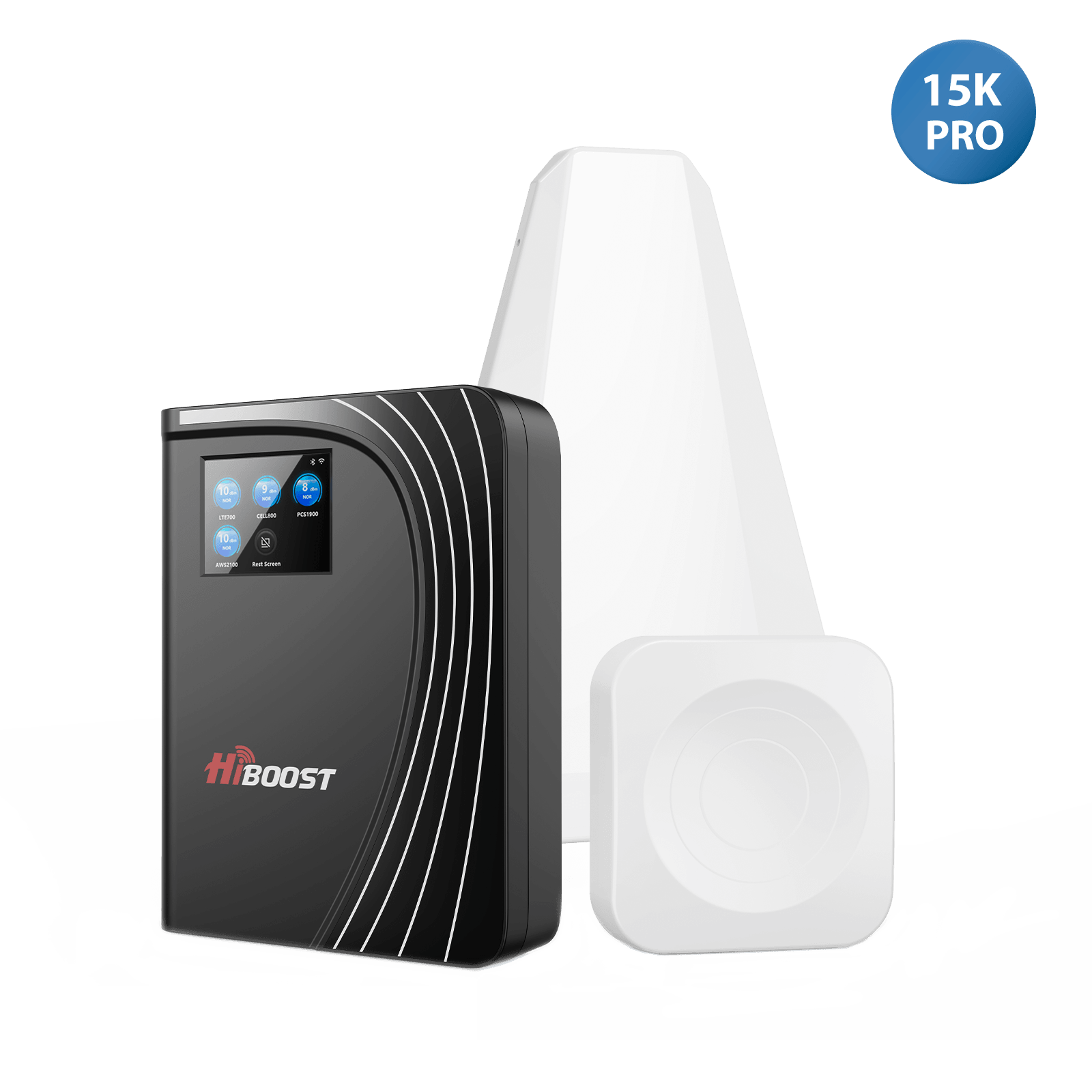
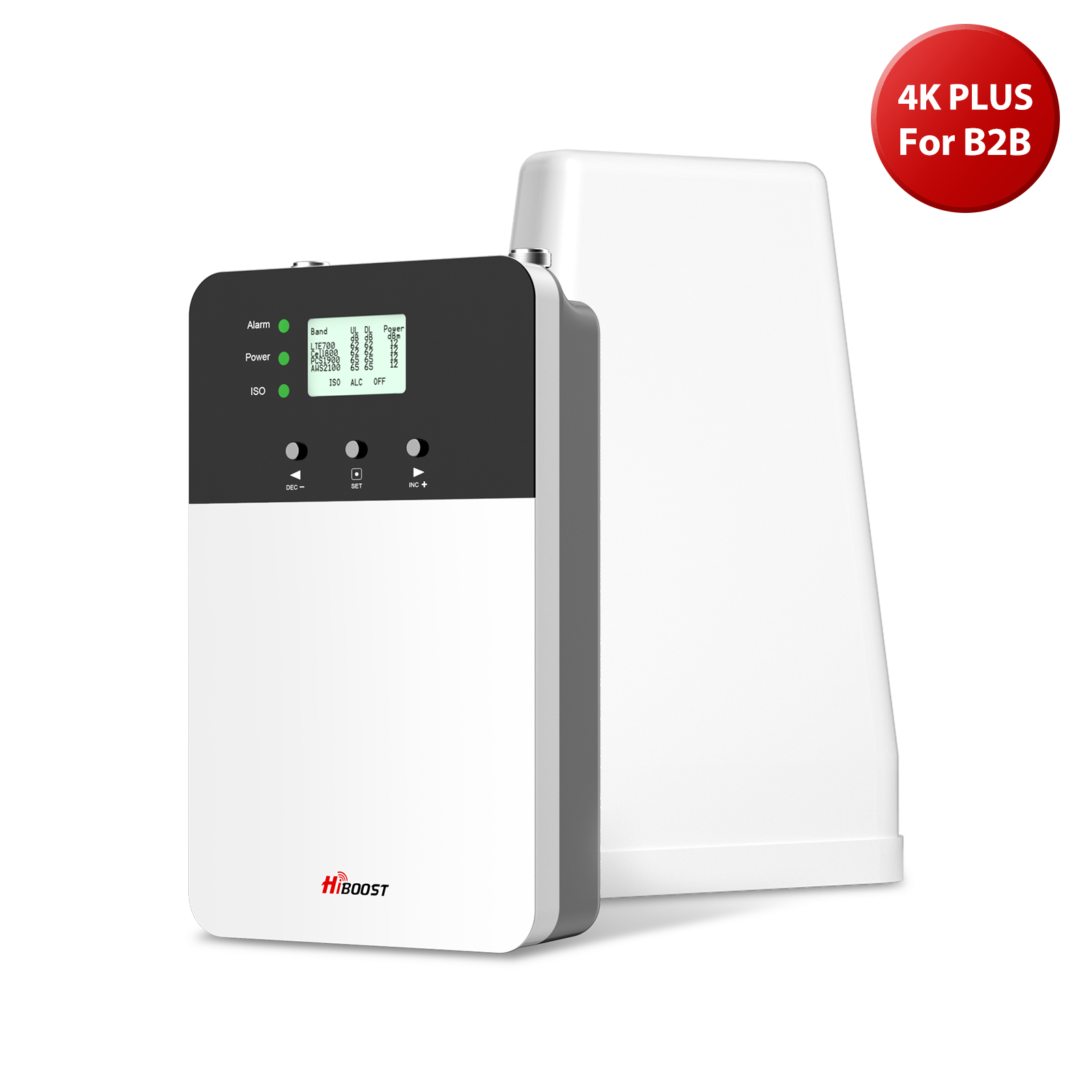
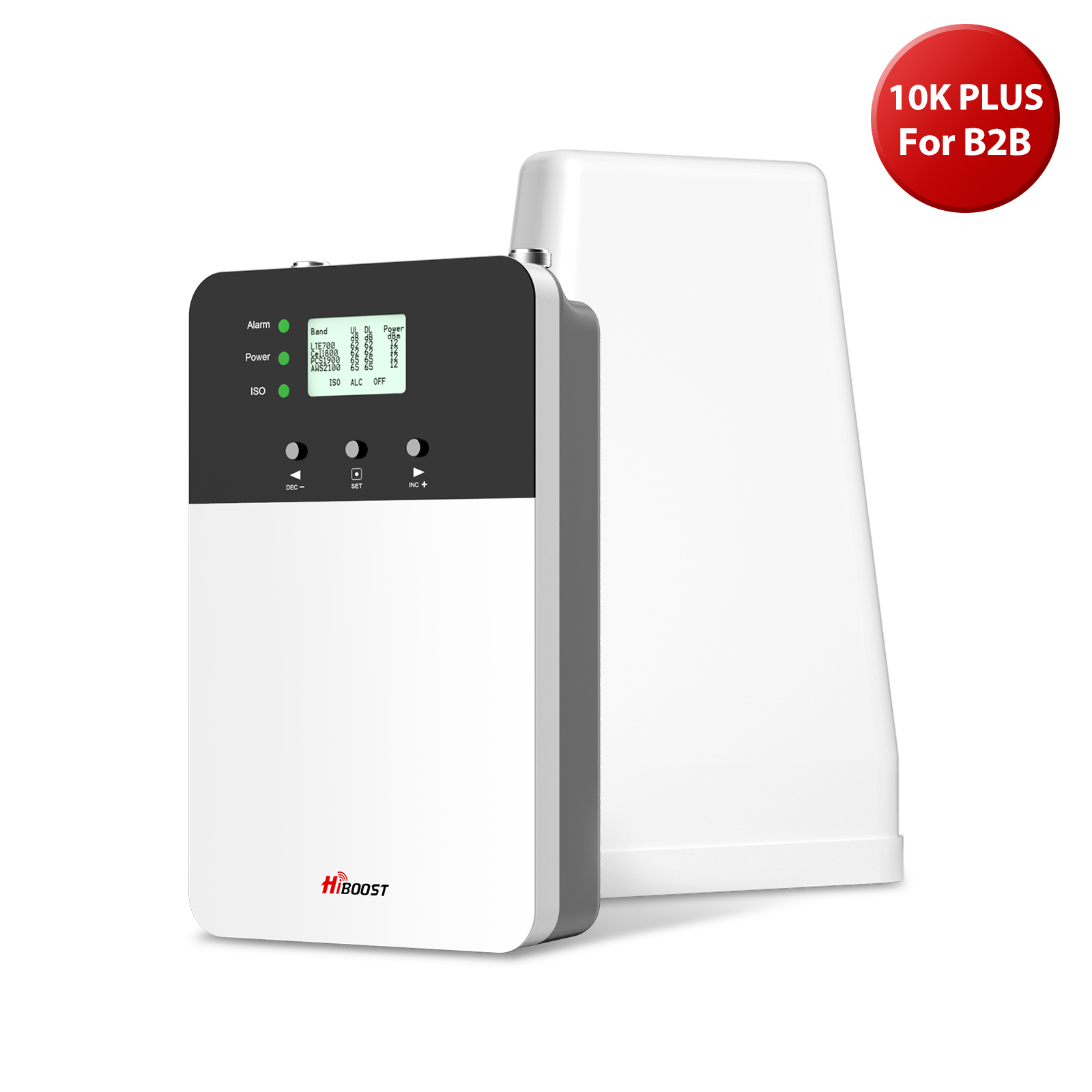
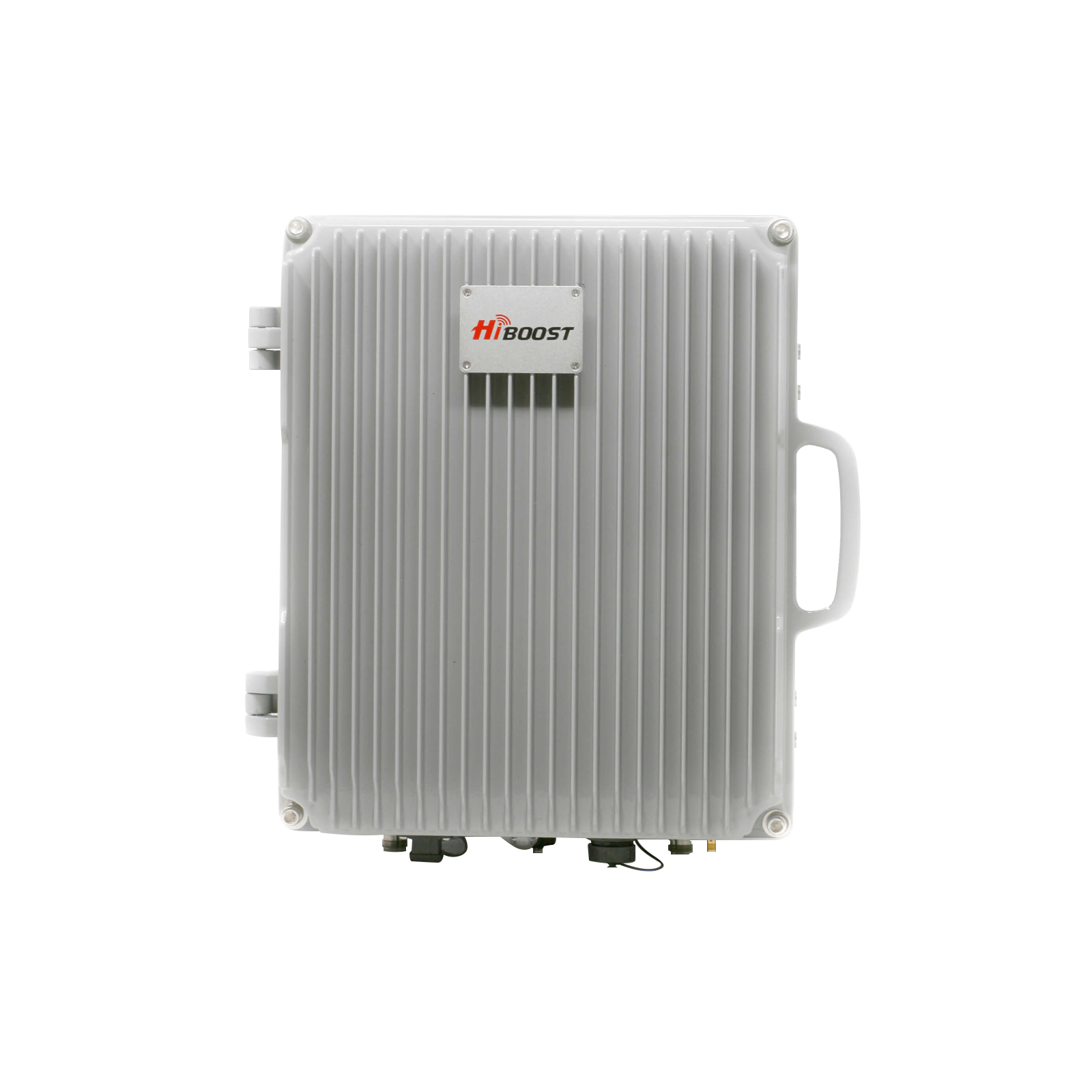
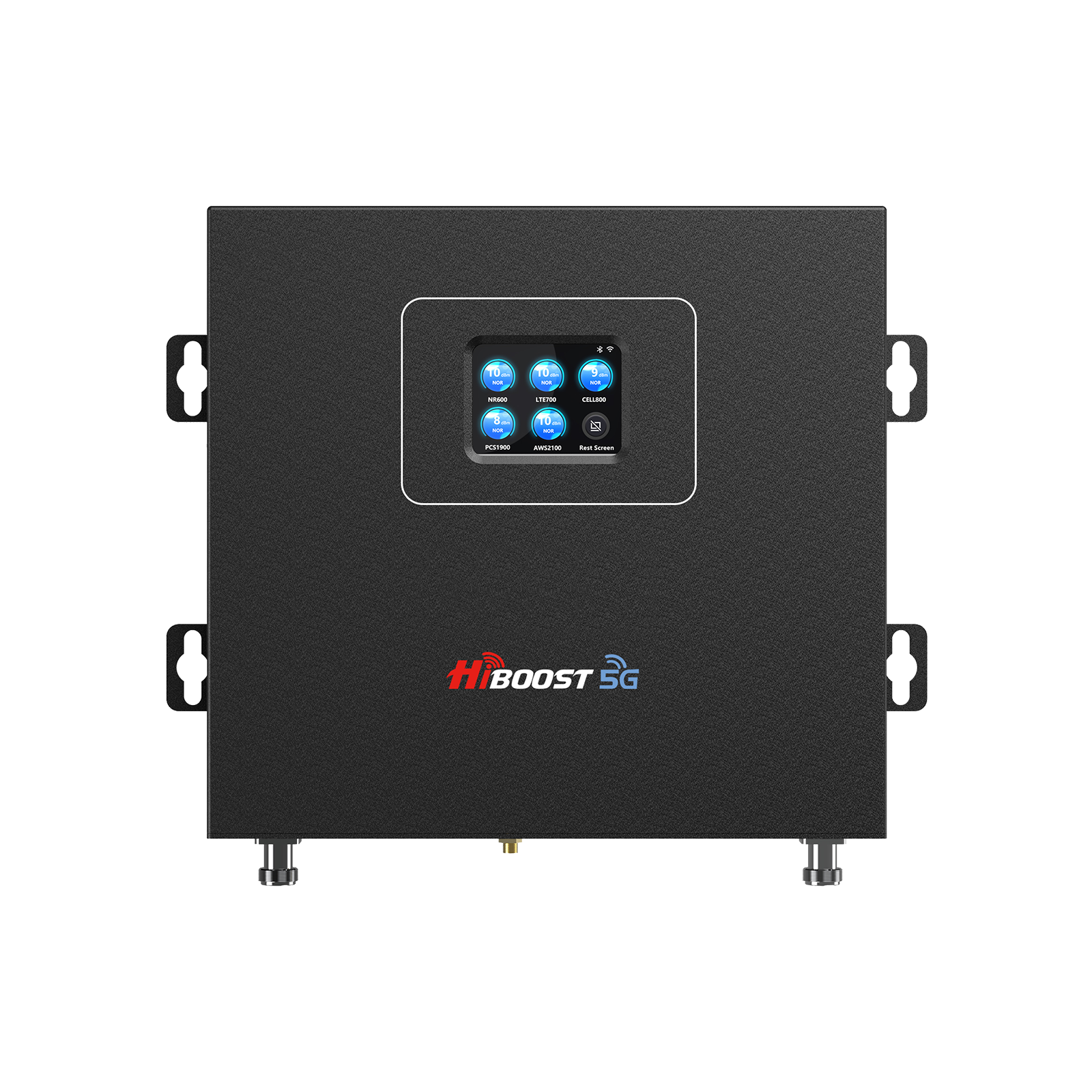
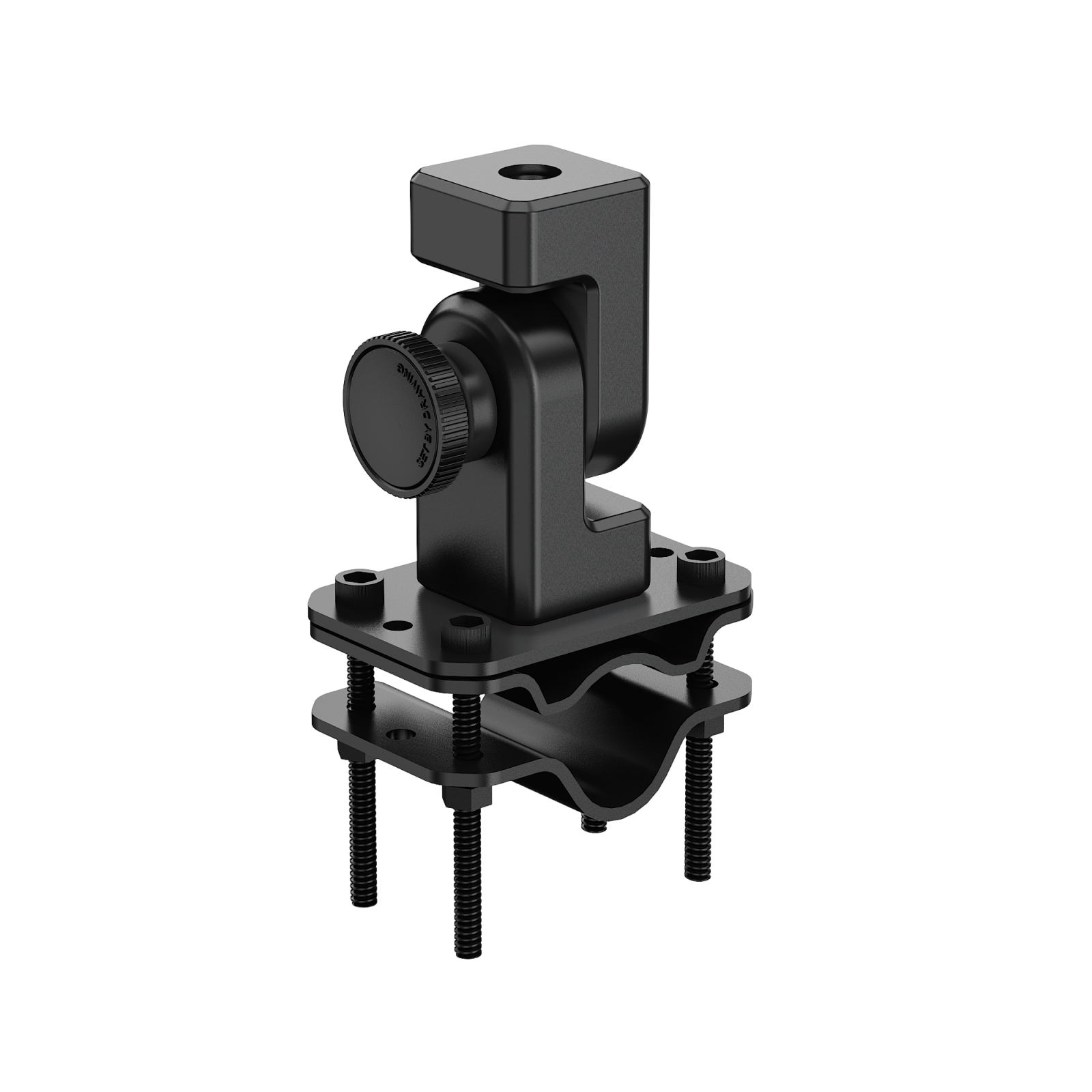
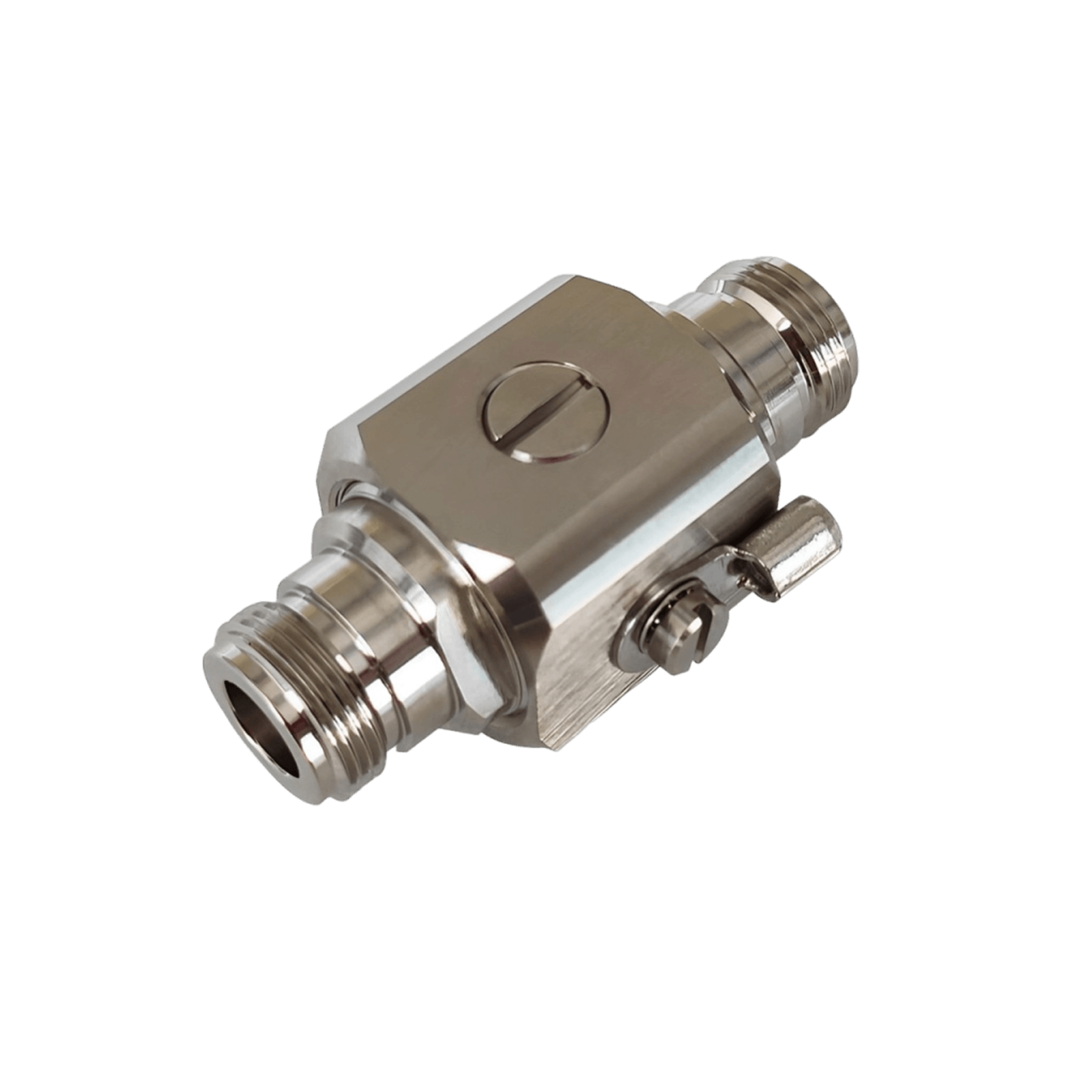
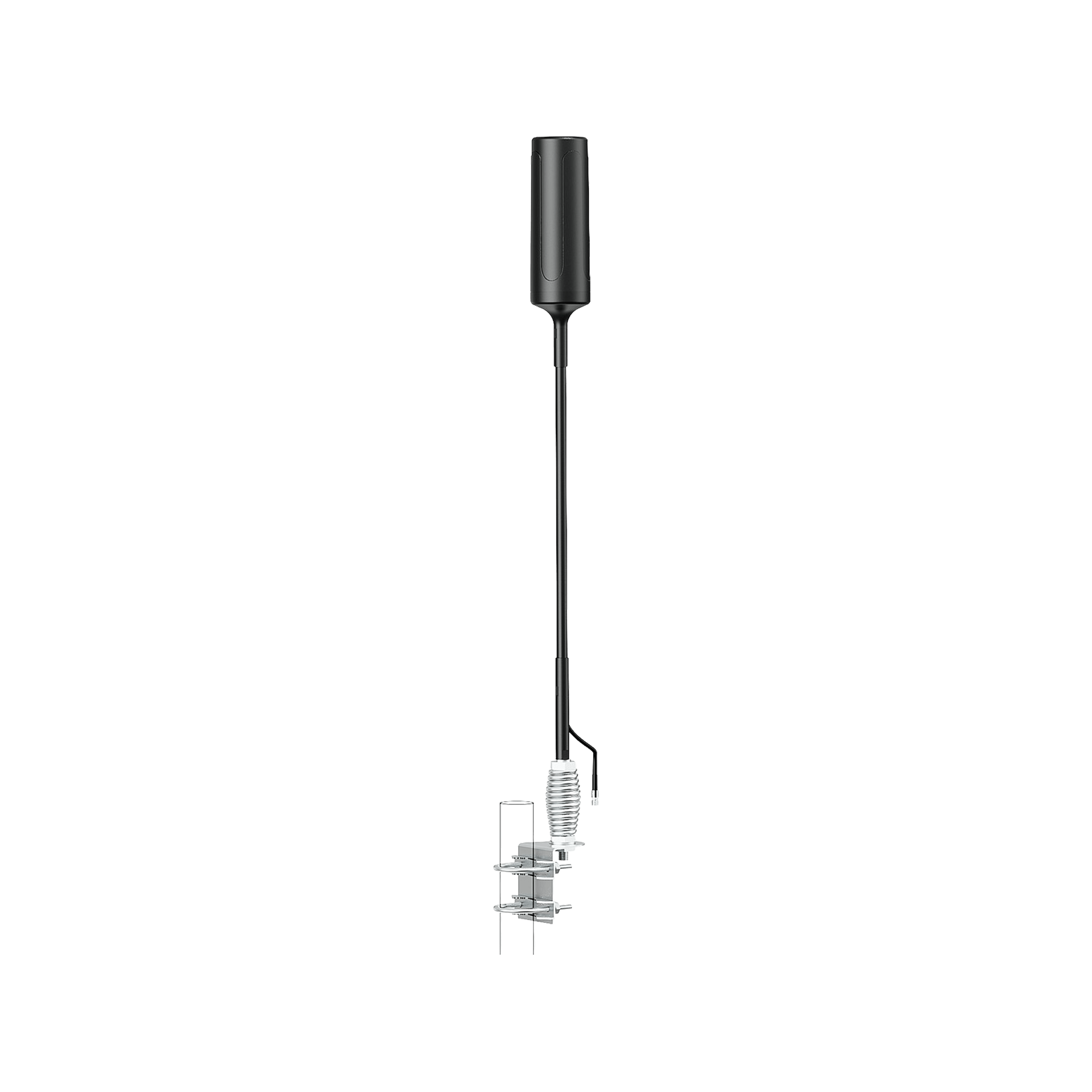
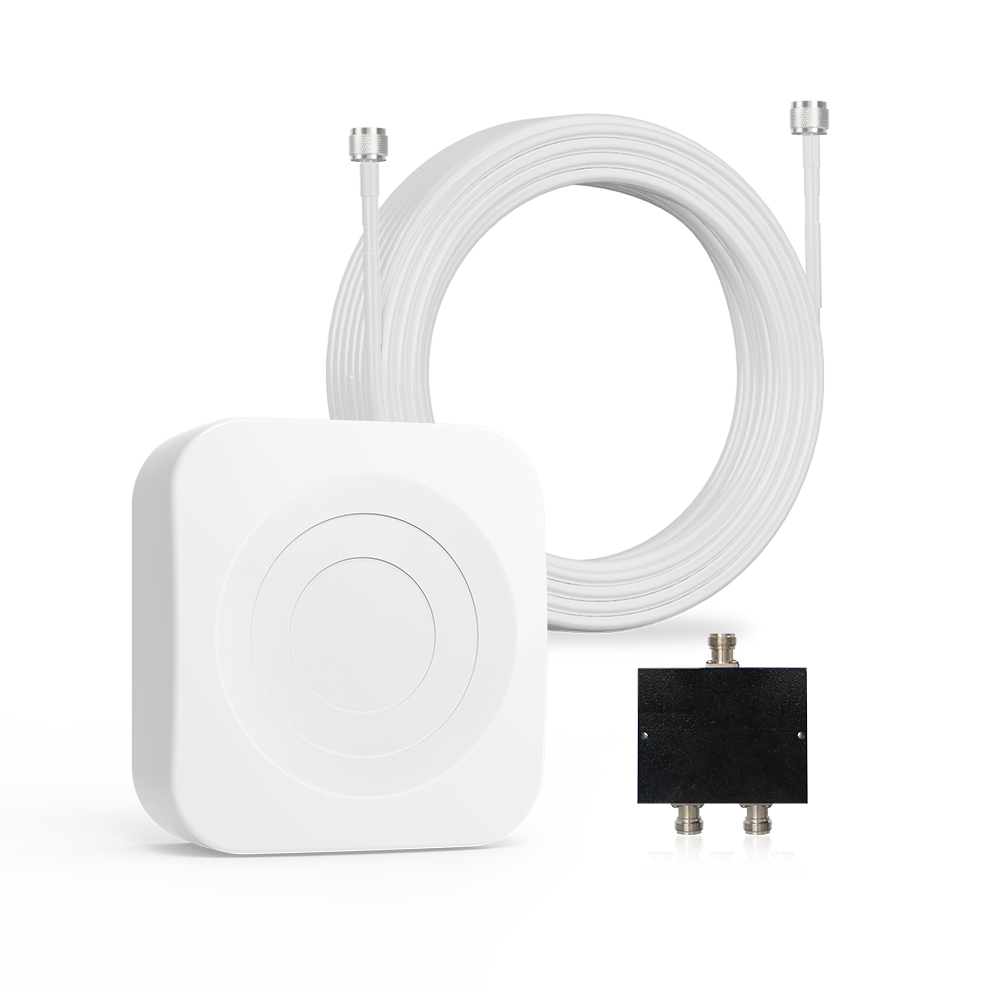

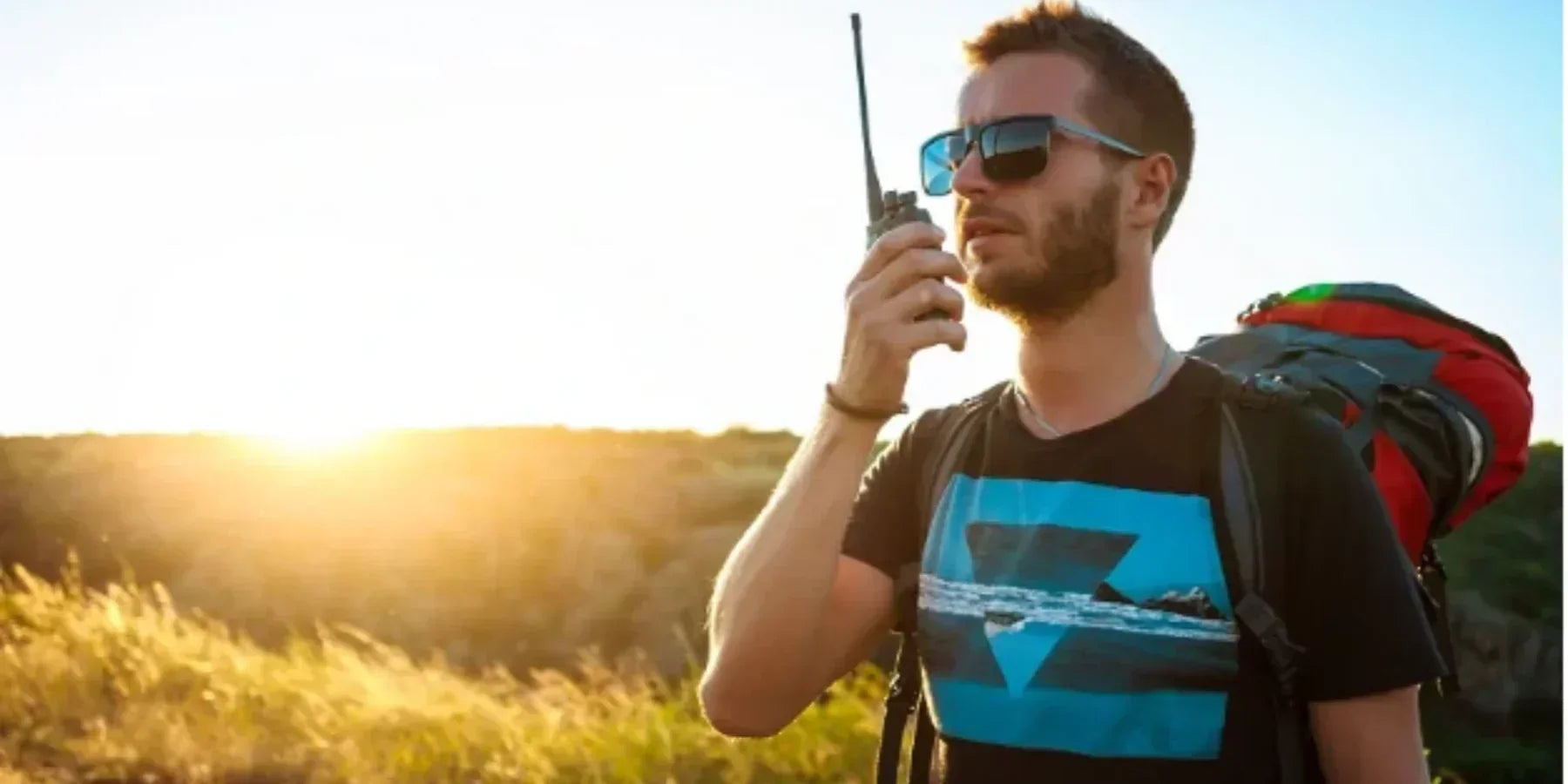
Leave a comment
This site is protected by hCaptcha and the hCaptcha Privacy Policy and Terms of Service apply.